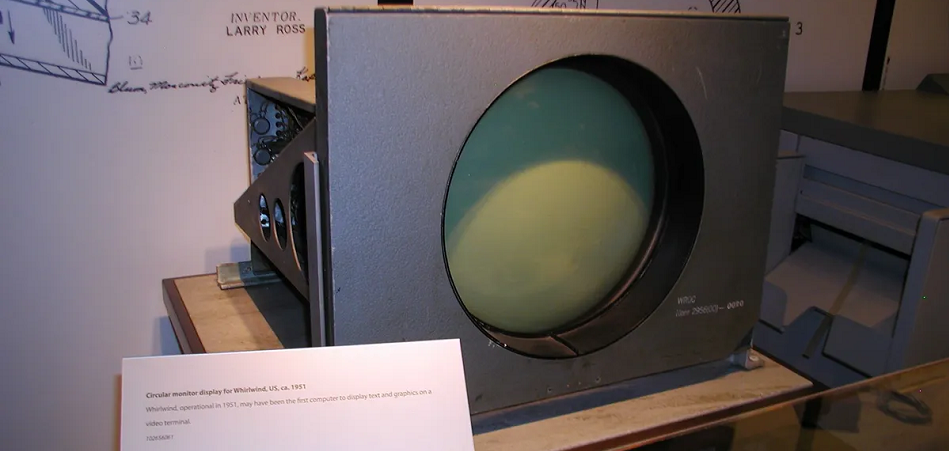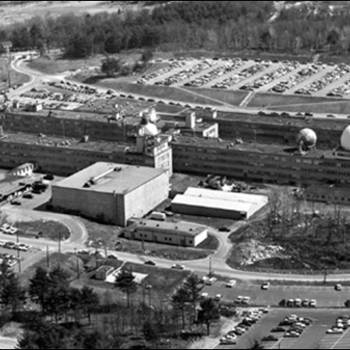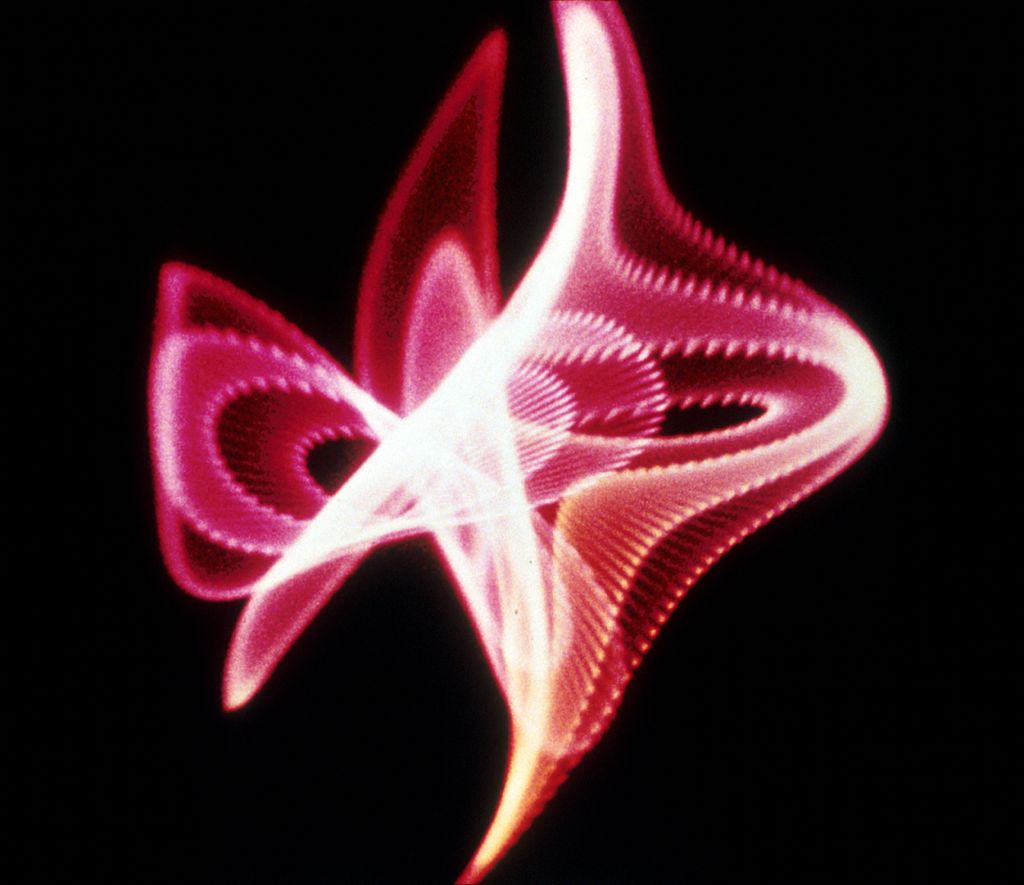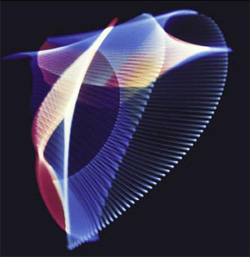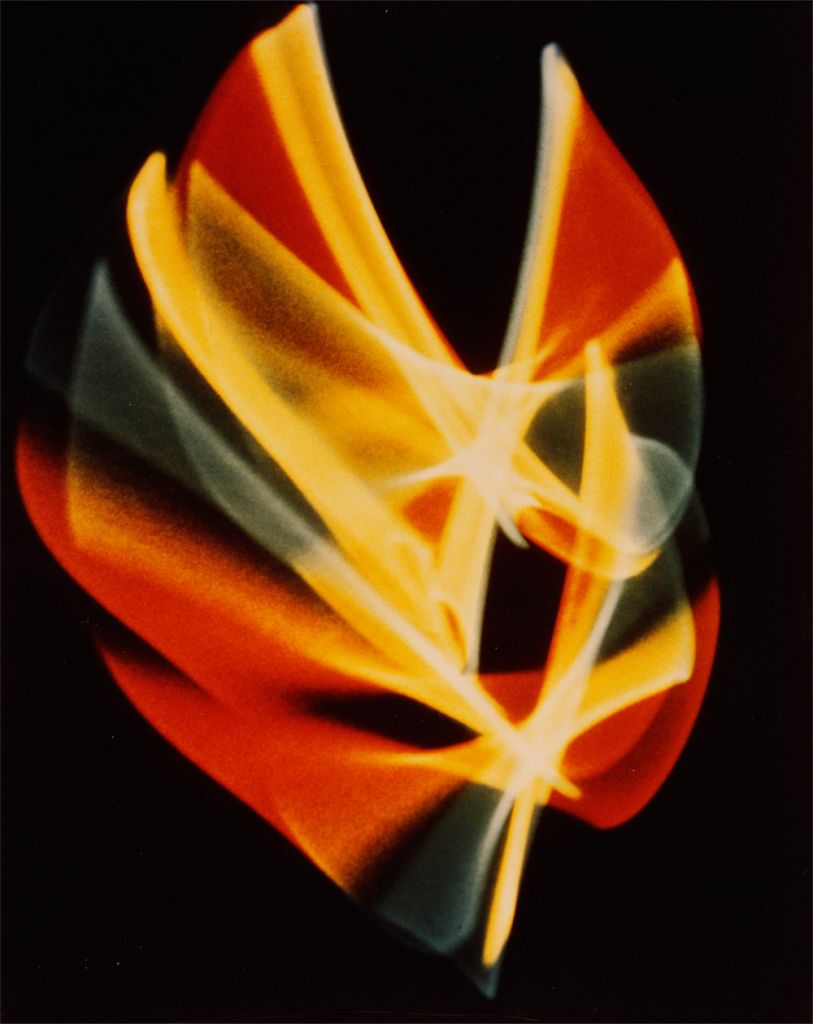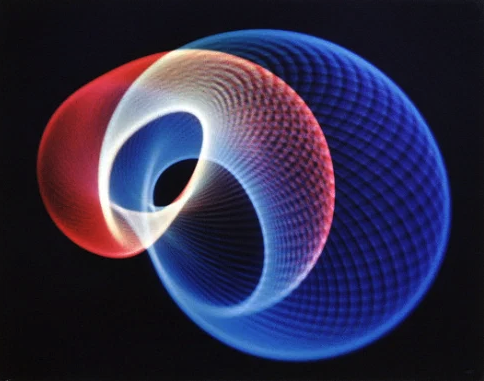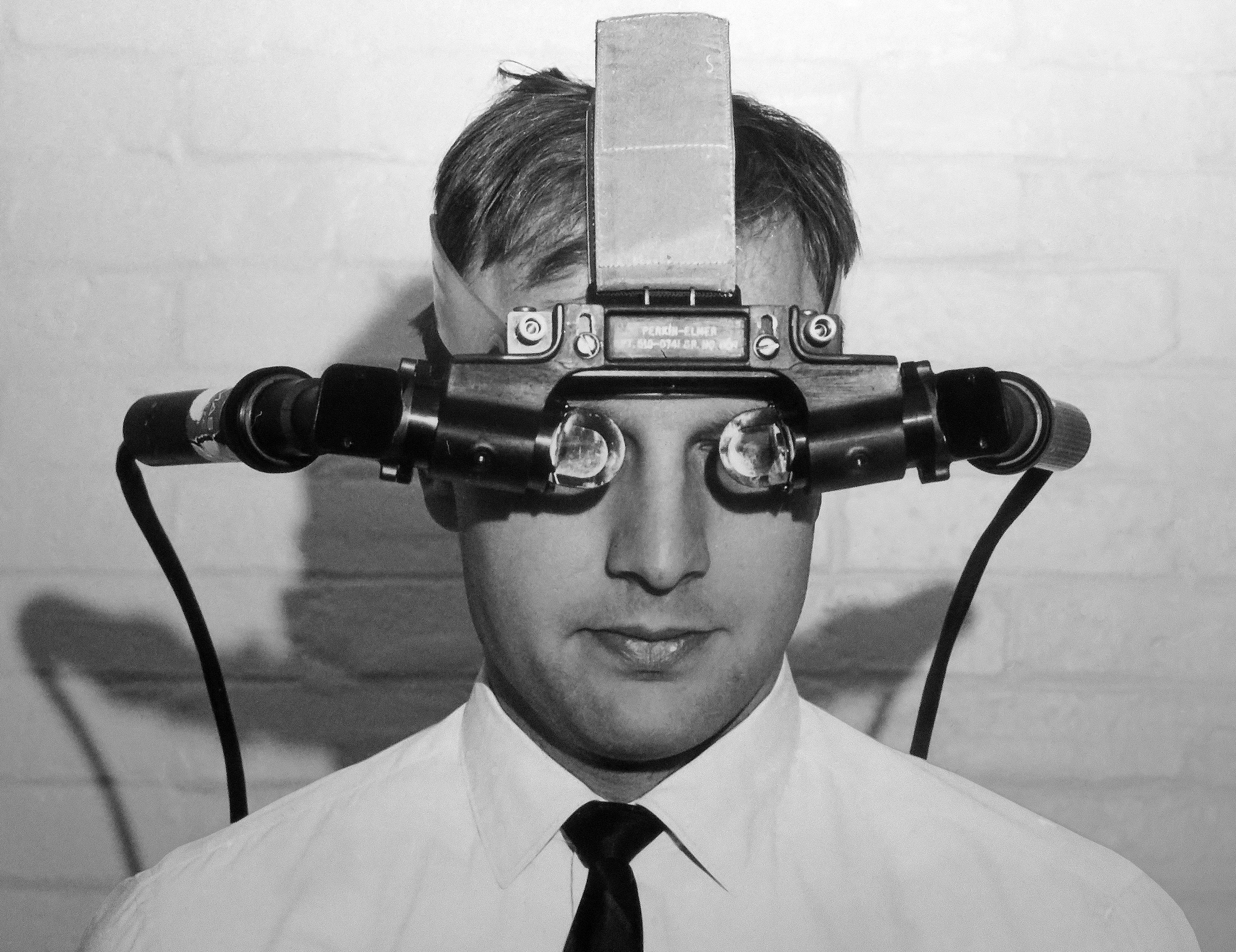MIT - Let there be graphics
The Birth of Graphics Devices
Computer Graphics was given birth in a time who society was just got out of WWII, a polarized world between the United States and USSR.
In this period, the first computer graphics program was developed by Ivan Sutherland at MIT Lincoln lab, who had government financing. It was the first program that computer graphics was indeed used.
But before that, we need to understand the ideas that lead to the creation of such things.
1950s/1960s
MIT military projects
Oscillion : a set of computer images made by Ben Laposky from 1950 to 1953.
The idea of a program that could display graphics was a hot topic at the Massachusets Institute of Technology. An important aspect was the invention of pen plotters, who helped scientists and researchers to see mathmatical functions such as sines and lines represented on paper by the machines.
In 1950, the first graphic image was created by Ben Laposky with the use of a oscilloscope to create artwork based on waves.
While it wasn't to thing who made the field as a viable thing to research, it made a significant impact by the use of raster lines to represent images.
1961
Ivan, the grandfather of computer graphics
Demo Reel of the Sketchpad by Ivan Sutherland, circa 1961.
Ivan Sutherland is considered the real creator of the computer graphics field because of his doctorate thesis at MIT, the Sketchpad. With the use of a light pen to draw lines and polygons on a Lincoln Lab TX-2 computer. In one project he made the first computer aided-design system (CAD), the first object-oriented program and the first program to have a graphical interface (GUI).
Sutherland believed that before the sketchpad, man-machine was provided only by typing on the keyboard. His project, on the other hand, was able to show visual information that could lead to new discoveries or to make the replicability of architectural plans easier.
The program solely uses mechanical devices to do essentially everything in the mainframe, such as buttons for the commands, functions by switchers and the ability to rotate things by rotary knobs. All of these things were attached on a modified TX-2 computer that was able to undestand these inputs and do whatever action you were doing into the sketchpad itself.
One of the most important aspects of Sketchpad was the object-oriented friendly programming that could handle drawing updates. With this tecnology, you could insert a project inside another and use it as a constraint, much like doing a copy and paste of the whole object into a new project. If a mistake were recognized in any part of the drawing pipeline, with the use of OOP it could be easily fixed by just changing the project that had the wrong piece of visual information.
1968
Head Mounted Display : Sword of Damocles
With the success of the sketchpad project, Ivan was called to continue doing research at Lincoln Lab and in 1966 did the Head Mounted Display, the first prototype of a virtual reality.
The headset had a pipeline for specifying the coordinates you were looking on the room into the exact coordinates in the human's eye perception. That caused the 2D lines to be standing in front of the user, mimicking the perspective of a three dimensional object.
It was a thing way ahead of its time, based on the fact that the first commercialy viable HMD were introduced in the late 90's, with the tecnology just getting in fact popular in the 2010's.
Don't think of that thing as a screen, think of it as a window. Through that window, one looks into a virtual world.
A phrase referring to the HMD by Ivan Sutherland, 1968.

